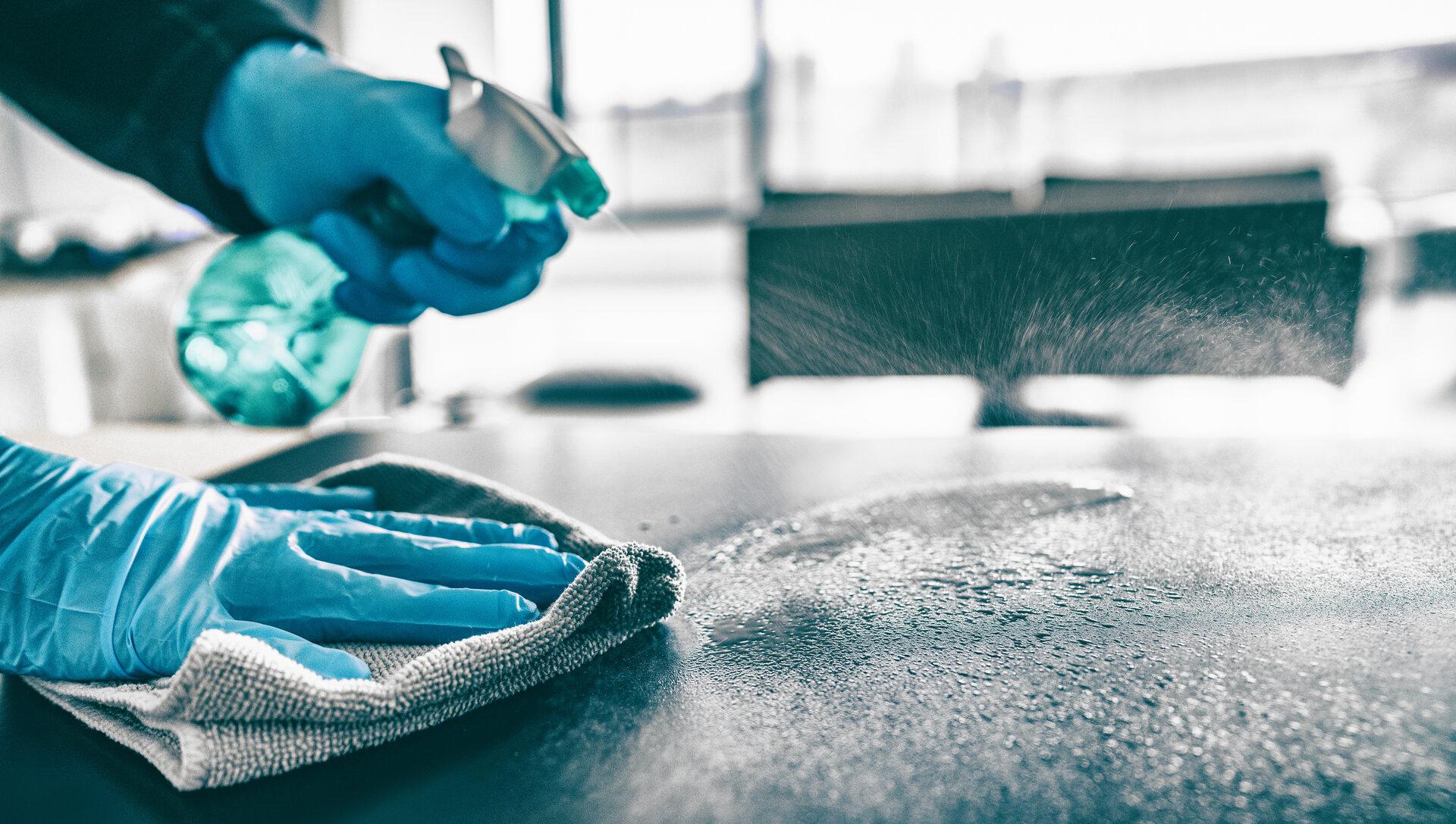Like anything else, cleaning requires a certain amount of skill to do it right. While you can randomly vacuum the floors and fold everything up without strategy, you’ll only be making more work for yourself. That’s why we’ve compiled a list of tips that professional cleaners use to get their homes in pristine condition from top to bottom.
Cleaning according to plan
Don’t just clean your surfaces randomly. If you follow a specific pattern, you won’t waste time re-cleaning the spots you missed on the first pass. Professionals go from left to right and top to bottom to make sure they get the job done right the first time.
Use cleaning agents correctly
After you apply the cleaners, give them time to soak in. Most detergents do not disinfect immediately. So if you leave them on for a few minutes, they’ll have time to kill germs and break down dirt. For more great cleaning tips, check out these 20 genius cleaning tricks that will blow your mind.
Correct technique
Work from the top down, dusting your ceilings and walls, making sure you reach all the corners. A microfiber mop is great for this, but if you don’t have one, you can also tie an old towel or t-shirt over a broom, which is surprisingly effective. If you do this regularly, you can prevent dust from accumulating all over your home and spend less time with the vacuum or mop.
Plasters everywhere
It doesn’t matter how sparkling clean the rest of your house is – if your baseboards are dirty, your house will look dirty. If it’s been a while since you’ve cleaned them, you should use a damp microfiber mop; otherwise, you can just vacuum them.
First clean up, then clean
Before you start cleaning, put away everything that doesn’t belong in its place. You’ll save time if you clean up before cleaning instead of doing both at once.
Create space for yourself
You’ll save a lot of time if you take everything off a surface and put it all back at once, rather than picking up each item, cleaning under it, and putting it back. When dusting, take everything off a table or shelf before you clean, then give each item a quick rub with a microfiber cloth before putting it back. Also take all soaps, shampoos, and other items out of the shower before you clean there. And if you really want to streamline the process, discover these 40 ingenious ways to be more organized after 40.
Cleaning surfaces properly
It’s easier than you think to get your stainless steel looking like new again. Here’s how: Take a microfiber cloth and wet one half of it. Use the wet half to clean the stainless steel, and then dry it with the other half, making sure to work with the grain of the stainless steel. This simple method will leave your appliances clean and free of fingerprints, making your entire home look cleaner and neater.
To reduce the likelihood of streaks forming when mopping a hardwood floor, move the mop head in the same direction as the grain of the wood. Even better, use a rag after mopping to prevent cleaning fluid from building up and damaging your floor.
Save time by keeping all of your cleaning products in a single container that you can carry around the house so you never have to stop to grab anything. Reduce the amount of products you have to carry around by buying products that do multiple jobs, such as an all-purpose cleaner that disinfects for the kitchen and bathroom, or a wood cleaner that works for both furniture and floors.
Dry ice blast cleaning for industry
The concept of dry ice blast cleaning (White Lion) is similar to sand, bead and soda blasting in that it cleans surfaces with a medium that is accelerated in a stream of compressed air. However, dry ice blast cleaning uses solid CO2 pellets or microparticles that are accelerated to high velocities to impact and clean the surface. The particles sublimate on impact, lifting dirt and contaminants from the substrate without damaging the equipment.
Traditional cleaning methods are time consuming, labor intensive and costly. Manual scraping or scrubbing with wire brushes and water or chemicals can take many hours and result in extended downtime, damage equipment and shorten its life and/or reduce productivity.
Source:
Maridav – stock.adobe.com
Read more:

